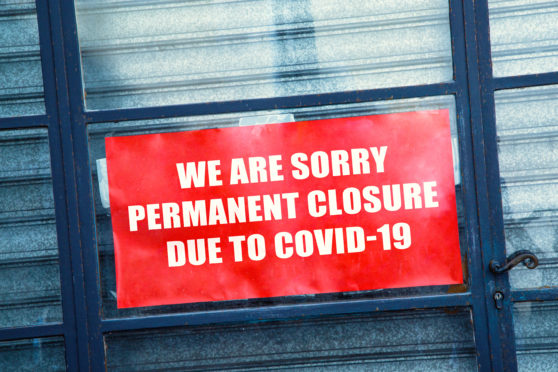Between a quarter and one-third of Scottish firms are at “high risk” of collapse due to Covid-19 impacting on their supply chains, business experts have warned.
Durham University Business School (Dubs) reviewed more than 250,000 companies throughout Scotland, spread across 99 different sectors, and found 29% at high risk because of how their supply chains operate.
The study also showed about 35% of firms at low or medium risk due to the potential impact of Covid-19.
Researchers looked at the impact of the pandemic on investment, innovation, inclusive growth and internationalisation .
Their report – Covid-19 and Supply Chains in Scotland: Impact & Mitigation – highlights a need for policies supporting “rapid innovation” and “inclusive growth”, particularly in “high-risk” sectors like information communications technology, scientific and technical activities, and support services.
Co-author Kiran Fernandes, professor of operations management, Dubs, said the Scottish economy was dominated by the quaternary and tertiary (79%) sectors.
These include knowledge-based fims – such as those involved in information technology, the media, and research and development – and the wider services industry.
Prof Fernandes said: “Most companies in these sectors have never experienced such an external shock (as Covid-19) and were, therefore, not prepared with mitigation strategies for their complex global supply chains.
“Our study shows that many of the supply chain configurations within the knowledge and secondary (manufacturing) sector not only need investment but an internationalisation strategy that can help these high-tech companies connect to trade corridors beyond the existing networks”.
Dubs said its business experts also reviewed supply chain mitigation and resilience strategies businesses could use to “navigate their company in this time of crisis”.
They then came up with a tailored strategy for each of the 99 different sectors.










